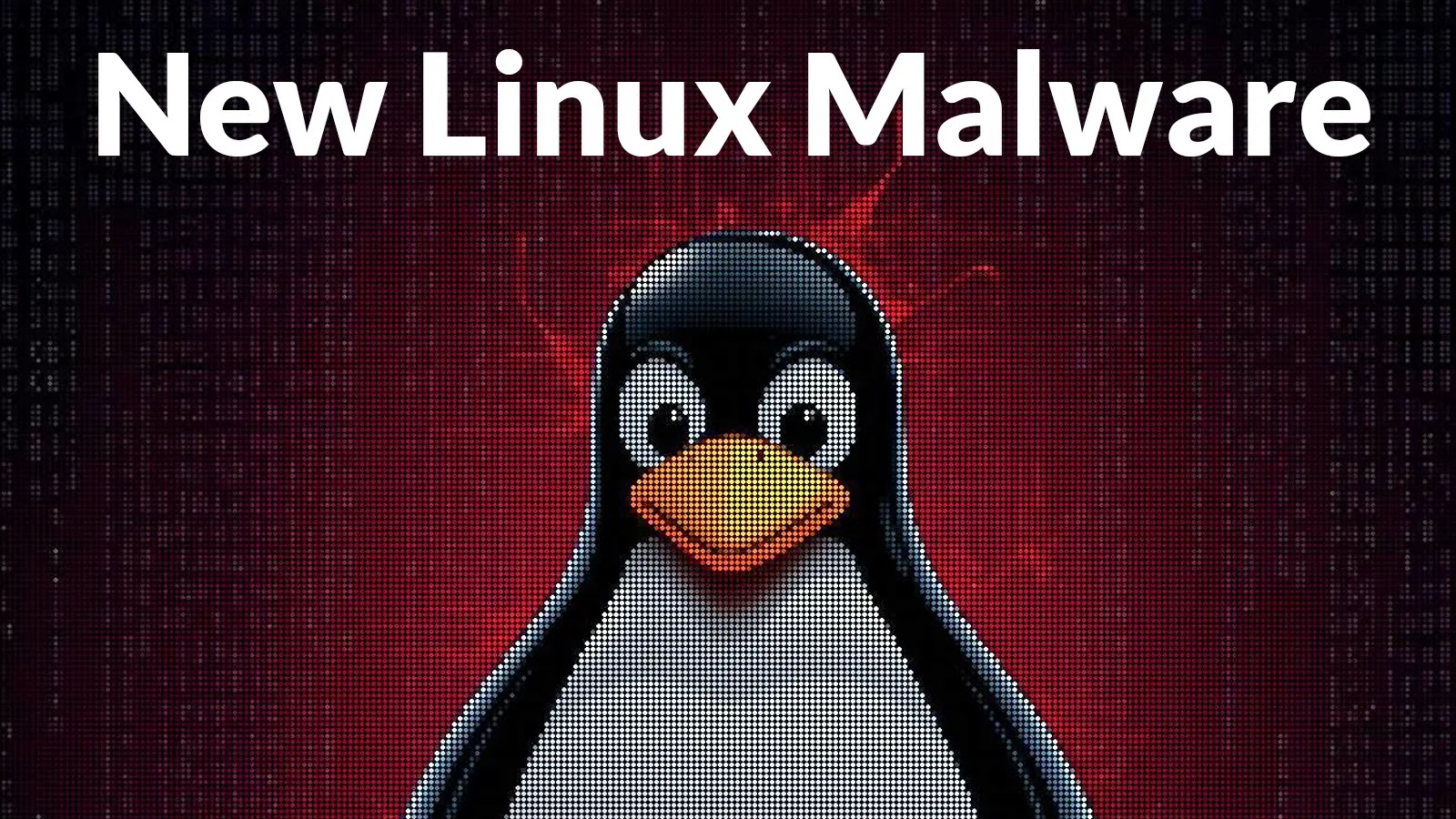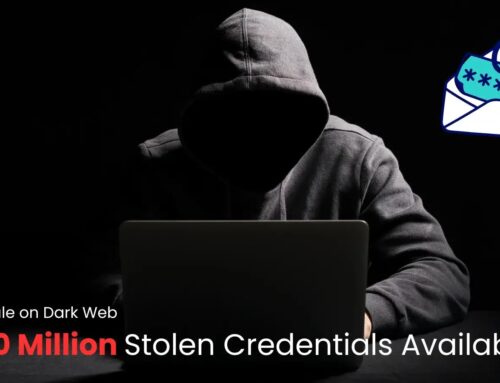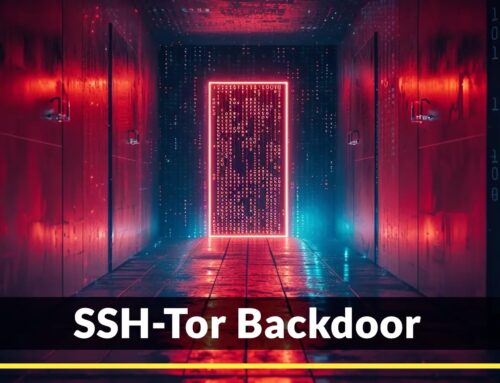
New Linux Malware With Weaponized RAR Archive Deploys VShell Backdoor
For years, Linux environments have been lauded as strongholds of security, widely considered robust against the persistent onslaught of cyber threats. However, this established perception is increasingly being challenged. A sophisticated new malware campaign has emerged, demonstrating an ingenious attack vector that weaponizes RAR archive filenames to deploy the insidious VShell backdoor. This development underscores a critical evolution in attacker tactics, moving beyond conventional exploitation to target scripting patterns and system assumptions. Understanding this threat is paramount for IT professionals, security analysts, and developers responsible for maintaining the integrity of Linux systems.
The Weaponized RAR Archive: A New Attack Vector
The core innovation of this new Linux malware lies in its method of initial compromise: the weaponization of RAR archives. Instead of relying on traditional vulnerabilities within the RAR unpacking process itself, attackers are leveraging a more subtle yet equally effective technique. The threat actors craft RAR archives where the filenames are deliberately designed to trigger malicious execution when processed by certain scripts or automated tools. This method exploits the trust placed in file naming conventions and the common practice of automating file handling in Linux environments.
Specifically, the malicious filenames are engineered to mimic legitimate files or to contain characters that, when interpreted by shell scripts or system utilities, lead to the execution of embedded commands. This social engineering aspect, combined with technical trickery, makes detection challenging, as the initial trigger is not a direct exploit but rather an abuse of expected system behavior. This highlights a shift from exploiting software vulnerabilities (though these remain important) to exploiting common workflows and automation scripts.
VShell Backdoor: A Deep Dive into its Capabilities
Once the weaponized RAR archive successfully executes its payload, the primary objective is to deploy the VShell backdoor. VShell is not a new player in the threat landscape, but its appearance in this specific campaign underscores its enduring utility for threat actors. As a backdoor, VShell provides comprehensive remote access and control over compromised Linux systems. Its capabilities typically include, but are not limited to:
- Remote Command Execution: Allowing attackers to run arbitrary commands on the victim machine, facilitating further compromise, data exfiltration, or lateral movement.
- File Transfer: Enabling the upload of additional malicious tools or the exfiltration of sensitive data from the compromised system.
- System Information Gathering: Collecting details about the system configuration, running processes, network connections, and user accounts to inform subsequent attack phases.
- Persistence Mechanisms: Establishing various methods to maintain access to the compromised system even after reboots, often by modifying system startup scripts or creating scheduled tasks.
- Stealth and Evasion: Employing techniques to remain undetected by security software, such as process hollowing, rootkit functionalities, or obfuscation of network communications.
The deployment of a versatile backdoor like VShell indicates the attackers’ intent to establish a persistent foothold within the compromised environment, setting the stage for more advanced and potentially damaging operations.
Why Linux? Evolving Threat Landscape
The targeting of Linux environments is a clear indicator of the evolving threat landscape. While Windows has traditionally been the primary target for malware, the increasing adoption of Linux in server infrastructure, cloud environments, IoT devices, and even specialized workstations makes it an increasingly lucrative target for attackers. The assumption that Linux is inherently more secure due to its open-source nature or smaller user base compared to Windows is becoming a dangerous misconception.
Attackers are investing significant resources into developing sophisticated Linux-specific malware, recognizing that successful compromises can yield access to critical infrastructure, valuable corporate data, and powerful computational resources for activities like cryptocurrency mining or distributed denial-of-service (DDoS) attacks. This campaign, leveraging a novel weaponized RAR archive, exemplifies this trend and serves as a stark reminder that no operating system is immune to determined and innovative adversaries.
Remediation Actions and Proactive Defenses
Mitigating the risk posed by this new Linux malware requires a multi-layered approach that combines technical controls with operational best practices. Here are key remediation actions and proactive defenses:
- User Education and Awareness: Train users, especially those handling external files, about the dangers of suspicious archives, regardless of their file extension. Emphasize caution with any downloaded content.
- Restrict RAR Extraction Privileges: Limit the ability of standard users to extract RAR archives in sensitive directories or to execute arbitrary files. Implement policies that require administrative approval for certain archive operations.
- Configure Secure File Handling: Review and secure any automated scripts or tools that process external files, particularly those that extract or work with archives. Ensure these scripts validate file types and sanitize filenames before processing.
- Endpoint Detection and Response (EDR) for Linux: Deploy and configure EDR solutions specifically designed for Linux environments. These tools can monitor for suspicious process execution, file system changes, and network activity indicative of backdoor deployment or malicious behavior.
- Network Segmentation: Implement strong network segmentation to limit horizontal movement should a system become compromised. Isolate critical Linux servers from less secure parts of the network.
- Regular Patching and Updates: Ensure all Linux distributions, applications, and particularly archive utilities are kept up-to-date with the latest security patches. While this specific attack doesn’t rely on a traditional vulnerability, general system hygiene reduces the overall attack surface.
- Principle of Least Privilege: Enforce the principle of least privilege for all users and services running on Linux systems. Restrict permissions to only what is absolutely necessary for a function to operate.
- Integrity Monitoring: Implement file integrity monitoring (FIM) to detect unauthorized changes to critical system files, executables, or configuration files that might indicate backdoor persistence.
Relevant Tools for Detection and Mitigation
| Tool Name | Purpose | Link |
|---|---|---|
| YARA Rules | Signature-based detection of known malware patterns in files or memory. | https://virustotal.github.io/yara/ |
| Lynis | Security auditing and hardening of Linux systems. Checks for misconfigurations. | https://cisofy.com/lynis/ |
| ClamAV | Open-source antivirus engine for detecting trojans, viruses, and other malware. | https://www.clamav.net/ |
| Osquery | SQL-powered operating system instrumentation, enabling deep introspection into OS state for security monitoring. | https://osquery.io/ |
Conclusion
The emergence of Linux malware leveraging weaponized RAR archives and deploying the VShell backdoor is a significant development that demands the immediate attention of cybersecurity professionals. It highlights a critical evolution in attacker methodologies, emphasizing the exploitation of common system workflows and scripting patterns rather than solely relying on traditional software vulnerabilities. The notion of Linux as an inherently impregnable operating system is outdated; proactive defense, continuous monitoring, and a deep understanding of evolving threat tactics are essential for safeguarding Linux environments in today’s complex cyber landscape. Stay vigilant, implement robust security practices, and always question unconventional file behaviors.





